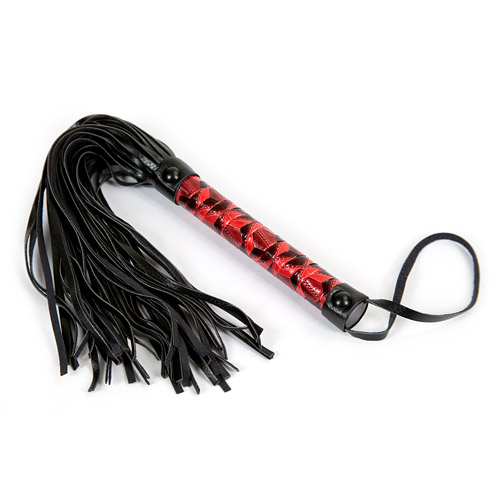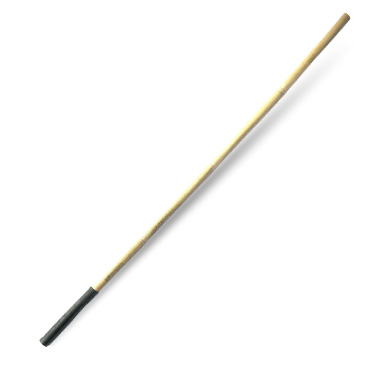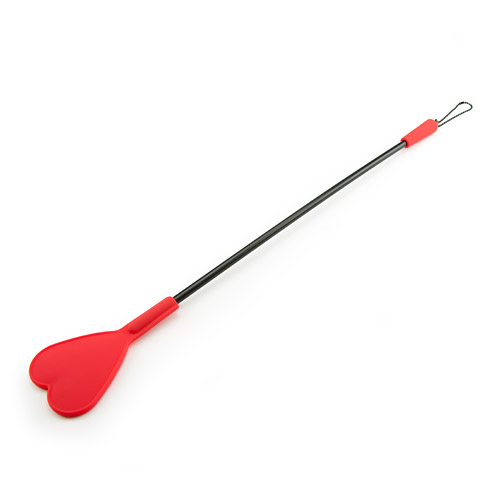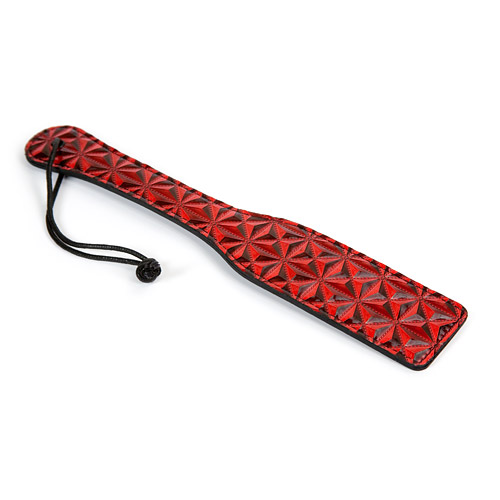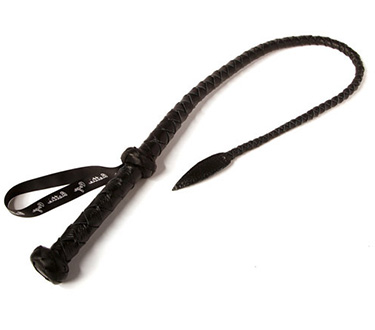Flogging Health Concerns
There are types of BDSM play that may draw blood; accidentally or purposely. To avoid drawing blood, practice with the flogger/hitting instrument and learn to control the depth and intensity of the blows. If blood does appear, it is best to use the SAFEWORD and stop the scene. Do not touch the bleeding area with bare hands; the blood may contain harmful pathogens (HIV/AIDS). Use latex gloves when cleaning up the blood, wash the area with antibacterial soap (plus your hands and the flogger afterward), then treat with antibacterial ointment or rubbing alcohol, and then cover with a sterile bandage. It is recommended that you have a first aid kit (equipped with latex gloves) if you participate in flogging.
Most flogging causes bruising and swelling of the targeted area; some people like to wear their bruises as memories of their play or badges of courage and accomplishment. Here are some important facts about bruising.
1. Safe bruising during BDSM play is caused by the breakage of small blood vessels under the skin. They spread out over areas larger than the actual point of contact. The area that might sting from a riding crop could be the size of a quarter, but the bruise will most likely be the size of a silver dollar.
2. It is unsafe to strike a player so hard that the bruise occurs in the soft tissue below the skin. This takes much longer to fully heal than the 2-4 week healing time of skin bruises.
3. Some people bruise more easily than others; women tend to bruise easier than men; older people bruise easier than younger people; fat bruises easier than muscle; bruising easily is a genetic trait as well. Stay healthy; bruising occurs frequently in people who do not get enough B12, iron, folic acid, and other important vitamins.
4.If you plan of taking medication for the pain, take acetaminophen (Tylenol), not aspirin, ibuprofen (Advil), or naproxen (Aleve) all of which thin the blood.
5.To decrease swelling, apply ice to the area immediately after play for 10 to 20 minutes and continue 3 times a day for the next few days. In addition to ice packs, you can apply arnica topical treatment (found at most health food stores) to decrease swelling. Arnica is a plant that reduces swelling and the pain caused by it, the plant also causes the blood to reabsorb faster.
6. If bruises last more than 4 weeks, it's time to see a doctor because it could be something serious, such as a sprain or red blood vessel damage.
